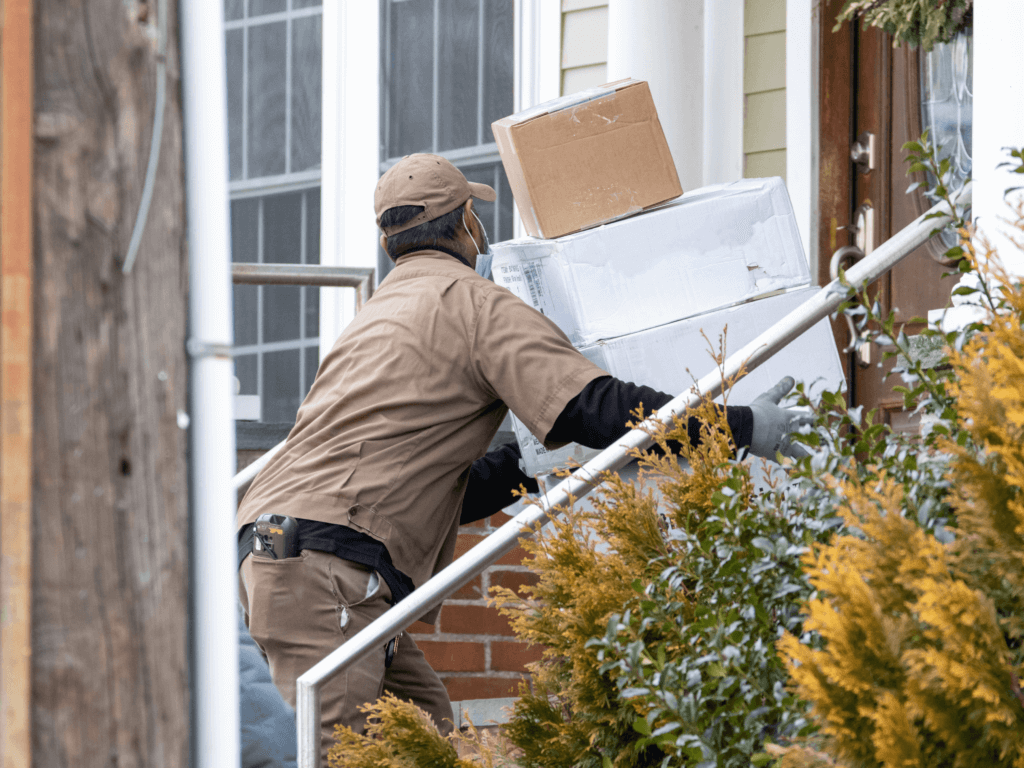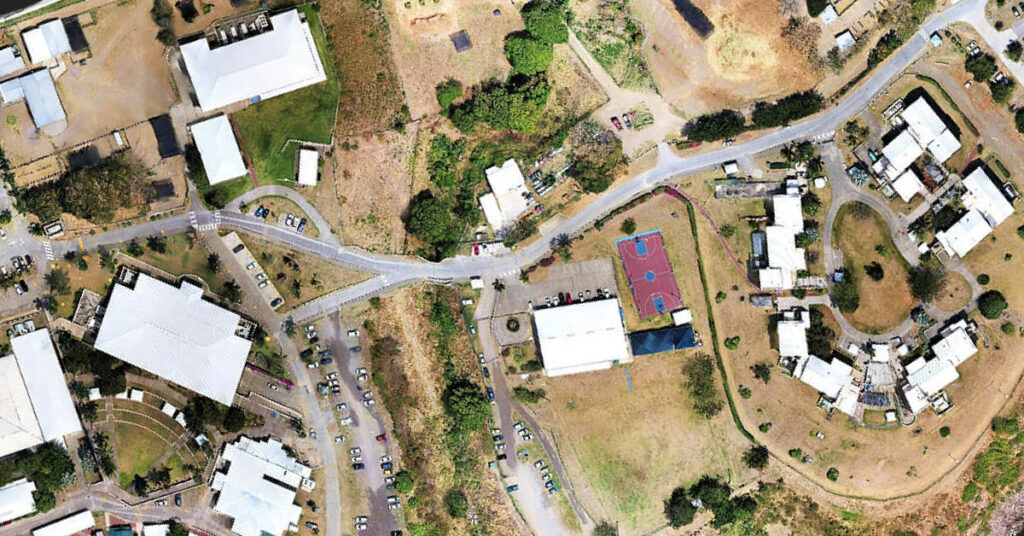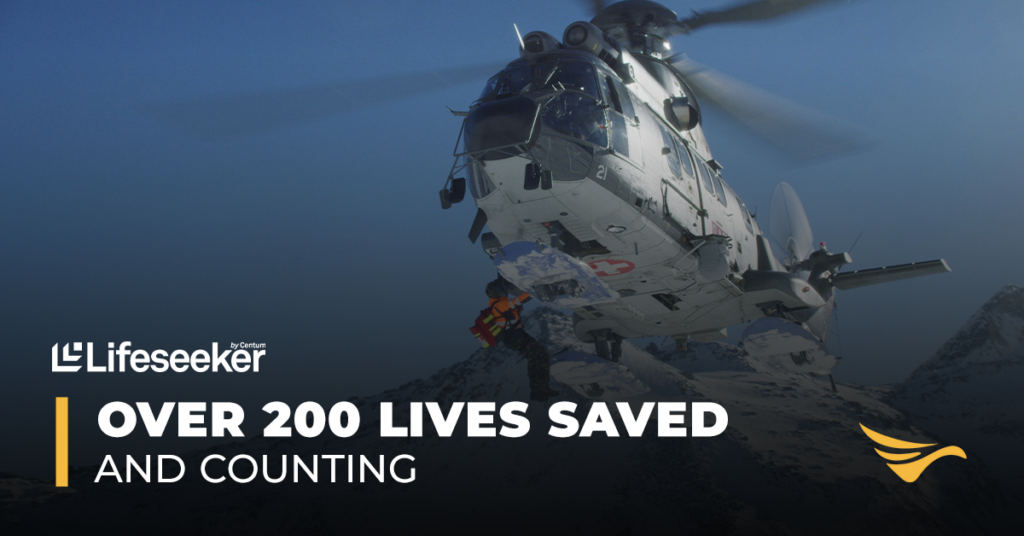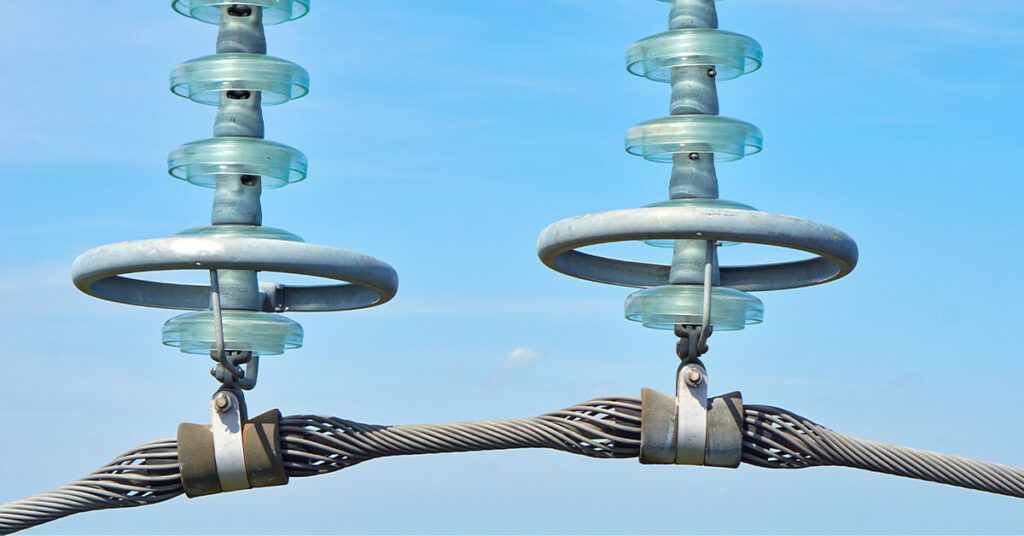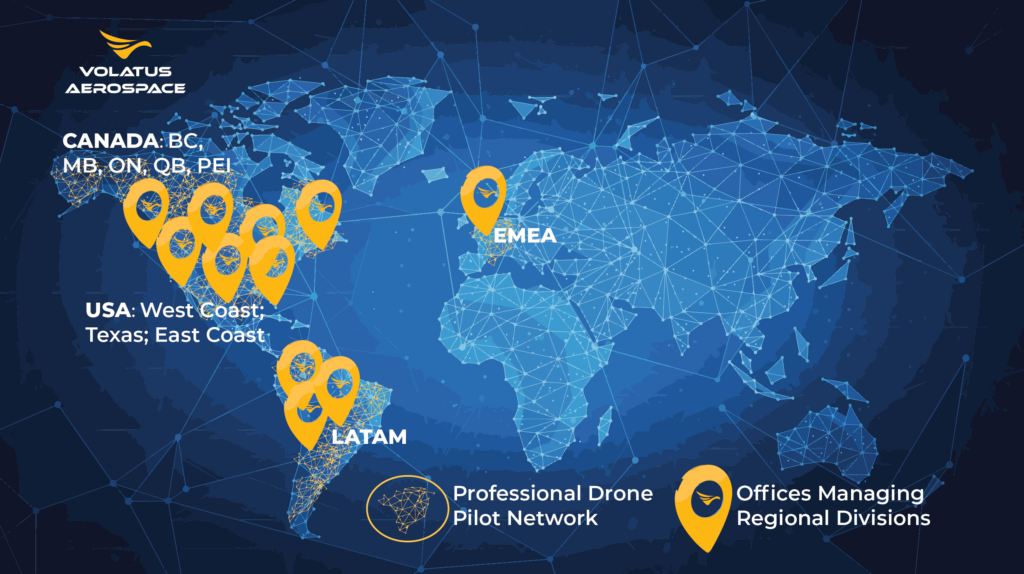Last mile delivery logistics are a major cost sink for delivery carriers. Each package must be transported and hand delivered to a person’s home. Apart from the labor costs associated with delivery, there are significant fuel costs, wear and tear on vehicles, and time lost transporting packages between homes, especially in rural communities. The potential of autonomous drone flights picking up even a fraction of those deliveries could nearly double delivery efficiencies. And delivering a package to someone’s home is a very visible, positive interaction to have with the public in a time when positive drone PR is challenging to come by with mass media. With all there is to gain, it makes sense that the industry’s eyes have been on last mile drone delivery.
But the real impact that last mile drone delivery could provide for logistics is still a way out.
In addition to the regulations that hinder smooth access to beyond visual line of sight (BVLOS), there is no existing infrastructure or logistical model that is designed to support secure drone delivery to individual homes. This will have to be built from the ground up, and there are a lot of questions that have yet to be answered: How do we mitigate drone congestion and noise in communities? What types of goods will make sense to deliver? Will it make sense for every community? Who will pay for and provide the infrastructure—the consumer, the shipper, or the drone delivery service? If it is provided by the drone delivery service, does that mean you’ll need multiple boxes should you go with multiple services? Will the infrastructure be compatible with all drone models? If it is paid for by the consumer, will it be affordable and worthwhile to justify having one—is it a pay to own, rent, or service model or a combination?
Answering questions like these is vital work as a poorly executed plan that doesn’t meet the needs of the public or businesses could lead to unmet expectations and make it that much harder to try again. Something the drone industry experienced early on when there was a lot of over promising and underdelivering. Solutions will need to be developed in combination with the public, industry, businesses, and regulators to ensure we are providing a service that improves upon what is already done rather than providing a cool way to deliver goods.
So how can we ensure this? Just like any other industry in which drones are gaining traction, it is all about knowing the existing challenges and pain points and making targeted and intuitive solutions for them. For example, UPS developed a hybrid delivery truck that could help with package delivery in rural communities, saving the delivery driver time and the company money on fuel—the drone would take off autonomously from the truck and deliver packages that were out of the way of the delivery person’s route while the driver continued nearby routes. This model solves a challenge and could improve shipping costs and enhance delivery times for communities—not to mention reduce carbon emissions.
Providing delivery services to under-serviced regions could help invigorate those communities, giving them access to goods that have been historically underprovided. We’ve seen this with Zipline in Africa, but the pandemic has shown us that this is also a national and global issue. Many regions struggled with getting basic necessities let alone the varieties of goods and services that urban centers have at their fingertips. Every country has its underserved regions and hard to reach places, and drones are a fantastic tool to help ensure these places are not only serviced but can thrive. The problem is that we just aren’t there yet.
We don’t have the proper regulatory framework to enable widespread autonomous deliveries. We don’t have the infrastructure to support those deliveries, and we don’t have the business models that ensure it will be able to run affordably and profitably. This is the mandate for all stakeholders—those who build the drones, those who invest in drone delivery, those who build the infrastructure (digital and physical), and those who regulate it. We must standardize and establish these frameworks and ensure it serves a purpose that will improve daily lives. Without this, we’ll lose the opportunity to make real change in last mile delivery logistics.
